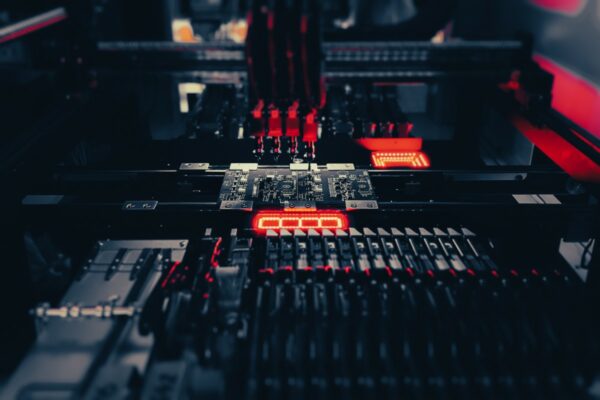What is Clinched-wire through Connection
A clinched-wire through connection is a method to establish a secure electrical connection between PCBs. This connection involves passing a wire through a hole in the PCB and then forming, or clinching, the wire in contact with the conductive pattern on each side of the board. The wire is then soldered to ensure a reliable and durable connection.
The clinched-wire through connection eliminates the need for separate intermediate connectors that are traditionally used to interconnect PCBs. This method offers several advantages by directly mounting and interconnecting the boards, including cost savings, reduced volume, and improved structural integrity.
Loops of resilient conductive wire, such as beryllium copper or phosphor bronze, are used in this connection. These wire loops are clinched and soldered to a receiving PCB, with curved portions of the wire segments projecting from opposite sides of openings in the board. When a mating PCB is inserted, the wire segments engage fingerlike insertion strips on the mating board, creating a secure electrical connection.
The clinched-wire through connection provides a compact and reliable interconnection device that is formed as an integral part of the PCBs themselves. It can be implemented using automatic machine techniques or other methods to clinch the wire segments to the receiving board. The entire receiving board can then be processed through a mass soldering assembly procedure, such as wave soldering, to complete the interconnection process.





